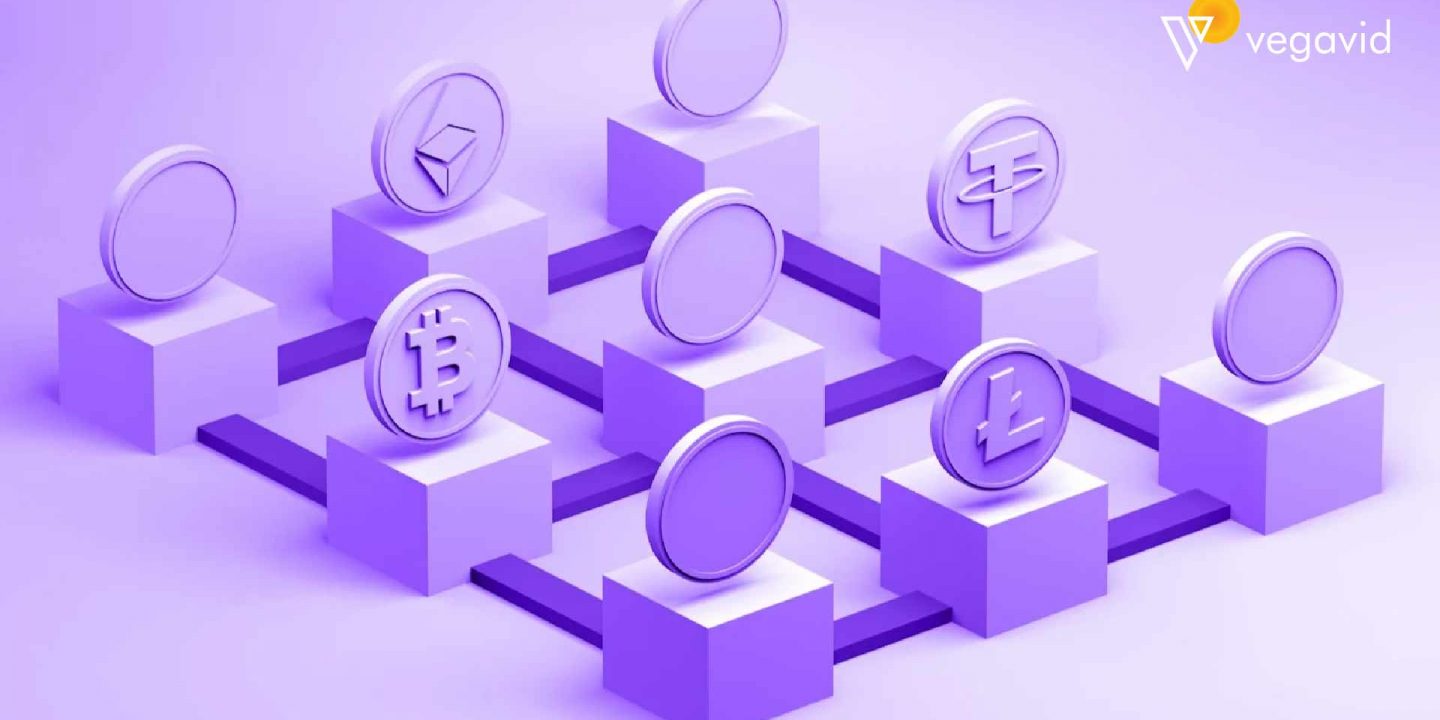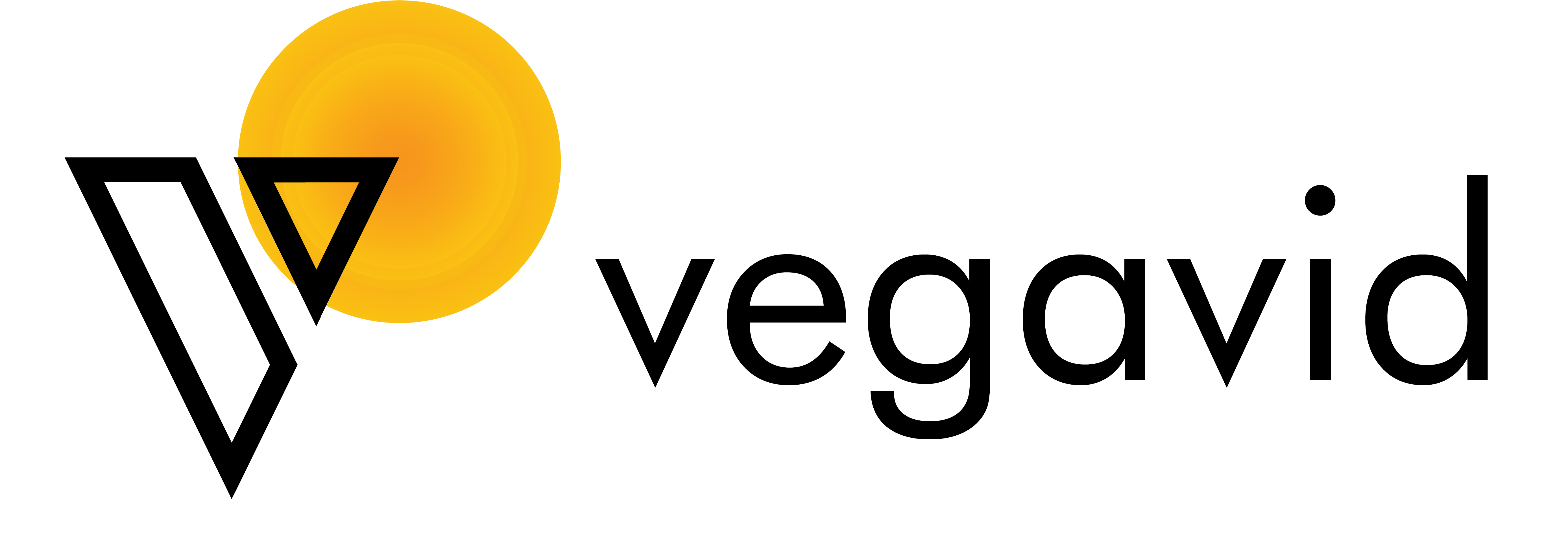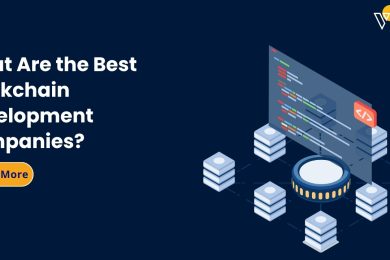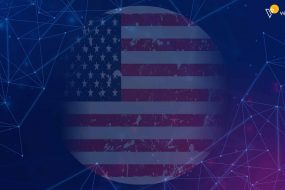
Decentralized finance has expanded opportunities for trustless exchange, inclusive access, and transparent control over digital assets. Projects like Thorchain aim to push the space further by enabling interoperability between blockchains, democratizing governance and tools, and optimizing economics for participation rather than profit. Thorchain could play a crucial role in developing DeFi into a genuinely open, fair, and widely-used system if its vision and solutions succeed.
The Problem with Centralized Exchanges
Centralized exchanges promise efficiency and convenience when managing digital assets. However, they also introduce risks and costs that often outweigh the initial benefits. Without consideration of these downsides, centralized exchanges can create more problems than they solve for organizations.
Centralized exchanges consolidate all assets into one repository, reducing redundancy across siloed systems and decentralizing control. However, they also present a single point of failure. If the central exchange goes down, the organization loses access to its content and intellectual property. Valuable assets become vulnerable to poor system performance, crashes, malware infections, natural disasters, or other catastrophic events that could instantly wipe out resources.
Centralized governance of policies and taxonomy sounds efficient but lacks nuance for diverse, globally-distributed organizations. Complex rules can be challenging to establish and enforce uniformly across groups with varying needs and constraints. Well-intentioned policies may unintentionally obstruct innovation or progress by attempting to oversimplify complex realities.
Loss of contextual knowledge and the burden of re-classification also emerge as issues with centralized exchanges. Teams become dependent on IT/information architects to maintain organized, consistent metadata/taxonomies for finding assets instead of experts logically structuring content based on deep knowledge of the domain, the audience needs or business priorities. Reclassifying historic assets to fit new centralized schemas can burden resources for long periods.
What is Thorchain?
Thorchain aims to decentralize digital asset management through blockchain-based innovations. It provides an open-source, censorship-resistant framework for the interoperability and governance of crypto assets beyond any single platform or ecosystem. Thorchain aims to solve issues of centralization, lack of interoperability, and poor usability plaguing current crypto and blockchain solutions.
Today’s cryptocurrencies and digital assets are siloed to the platforms that issue them. They cannot move beyond platform borders or interact/trade with assets on other blockchains. Its lack of interoperability limits blockchain technologies‘ utility, scalability, and real-world functionality. Thorchain aims to build bridges that allow the free flow of assets between any blockchain, decentralized exchange, or crypto network.
Governance of digital assets also tends to centralize around platforms that launch them or companies/foundations that maintain underlying protocols. While decentralization is the promise of blockchain, reality often involves the transition of control from traditional institutions. Thorchain adopts a decentralized autonomous organization (DAO) model with on-chain governance, transparent rules, and mechanisms for community participation. Decision-making power remains distributed rather than concentrated in any single party or group.
What is Rune Thorchain?
Thorchain coin, also known as Rune, is the native token of the Thorchain platform. It serves several key purposes on the network like paying transaction fees, securing the chain through staking, and enabling resource usage for applications.
Rune is essential for running a teal node on Thorchain. Teal nodes validate transactions and maintain consensus, securing the network. Operators get rewarded with a portion of fees from the blockchain in Rune. This provides ongoing income and an incentive for participation.
Like all coins, the value of Rune depends on supply and demand. But it has some unique properties that boost its demand and potential appreciation. For one, transaction fees on Thorchain are paid in Rune. This fuels a constant “buy and burn” cycle, reducing supply over time and increasing scarcity.
Rune also powers the usage and growth of dapps on Thorchain. Applications often charge fees in Rune, distribute it as rewards, or allow exchange between platform resources. The expansion of dapps translates directly into more real-world utility and demand for Rune.
What is Thorchain built on?
Thorchain is built on the Teal programming language and smart contract platform. Teal allows anyone to write smart contracts, launch virtual machines, and build decentralized applications on Thorchain. Teal was designed from the ground up for security, simplicity, and interoperability. It has a small bytecode, straightforward semantics, and focuses on minimizing complexity. This makes Teal easy to analyze, audit, and integrate with other systems.
Thorchain’s virtual machine runs Teal programs and enforces their rules. Teal dapps can leverage the VM’s functionality like permissions management, accounts, transactions, and token APIs. They pay fees to the Thorchain chain, securing the network through proof-of-stake. Teal and the Thorchain VM were created by Algorand, PBC, the startup behind the Algorand blockchain. Thorchain adopted their technology to launch an interoperable platform allowing unlimited decentralized innovation.
Advantages of Thorchain in DeFi
Following are some of the Advantages of Thorchain in DeFi-
- Interoperability: Assets can move freely between any connected blockchain on Thorchain. It increases utility, liquidity, and opportunities beyond single networks.
- Modularity: Thorchain is framework independent networks can build on top of for interoperability. They retain governance/innovation freedom while gaining interchain asset movement and DeFi access.
- Platform failure mitigation: If any network fails or becomes illiquid, assets can still be accessed, moved, or used. It can be done as collateral on other chains connected to Thorchain. Risks are distributed rather than concentrated.
- Decentralized governance: Changes require votes from THC token holders, not decisions by corporate boards or foundation directors. The network evolves based on community needs rather than the motivations of centralized authorities.
- Participation incentives: THC tokens pay fees on Thorchain, incentivizing holding and staking for governance/time preferences. Earning and using THC facilitates network effects and value accrual over time.
- Adjustable fees: Fees can be adjusted through governance to optimize the balance of user experience versus network funding. THC holders vote on proposals based on evolving needs.
- Usability focus: Thorchain abstracts complexity away from DeFi through simple, intuitive interfaces rather than obscure technical designs. The goal is mainstream access, not niche audiences.
- Interoperable/modular DeFi: Thorchain facilitates an ecosystem of interconnected networks rather than siloed platforms. Users/developers have a choice while still benefiting from interoperability and shared infrastructure.
- Community-oriented: Thorchain adopts a balanced, fair, and transparent approach to governance, value accrual, and resource access. No entity controls undue influence, and participation is open to all.
Thorchain’s Impact on the Future of DeFi
Thorchain is shaping the future of DeFi through interoperability, modular infrastructure, transparent governance, and inclusive design. Its approach provides vital opportunities and solutions for scaling, accessibility, and sustainability of decentralized finance.
Interoperability allows moving assets freely between any connected blockchain. Users can access innovative DeFi options across networks rather than siloed platforms, increasing utility and opportunities massively. Modular infrastructure gives independent networks the benefits of interoperability and shared access to DeFi without losing governance control or innovation freedom. They can build on Thorchain’s protocols while evolving independently.
Decentralized and distributed governance facilitates progress according to balanced, transparent and inclusive priorities rather than control by any group. Changes require votes from THC token holders, not decisions by corporate executives or foundation boards. The network evolves based on overall network needs, not the motivations of central authorities. No entity can censor or manipulate resources on Thorchain. Interoperable DeFi modules also allow composing functionality across blockchains rather than siloing within anyone.
Diverse and trustless lending/borrowing options become possible when assets move freely between chains. Borrowers access innovative new high-quality collaterals while lenders can diversify risk through interchain connectivity.
Potential Risks and Challenges
Although Thorchain provides numerous benefits, some risk factors are associated with it. Following are some of these risks and challenges that should be assessed before its use-
Reliance on third-party networks
Thorchain is framework agnostic but relies on other blockchains/networks building on its protocols and infrastructure. There are dependencies on third parties maintaining connectivity and value propositions over the long run.
Governance centralization concerns
While decentralized compared to companies/foundations, THC token holders and governance mechanisms could eventually centralize control or prioritize certain groups over time. There must be safeguards against tacit centralization creeping in.
Complexity obscuring usability
All the advances in simplified design, interoperability, and smart contract functionality may seem too complex for mainstream comfort levels. The gap between promised accessibility and the reality of use could discourage wider adoption.
Fee adjustment challenges
Although flexible economics aims to balance funding and inclusion, gaining consensus on appropriate fee levels/changes over time may be difficult as needs evolve. Disagreements could paralyze the system.
Multi-chain value dependencies
Suppose value accrues to THC tokens through network participation and platform fee earning. Economic incentives must remain reasonably viable long-term. Value could considerably decrease if any left the ecosystem.
Lending/borrowing risks
Broad access to lending/borrowing increases opportunities. It also introduces more surface area for risks like over-leveraging, bad debt, or other conditions triggering default cascades. Prudential safeguards are essential.
Regulatory uncertainty
Although pitched as decentralized/censorship-resistant, regulatory action against Certain components/jurisdictions of the Thorchain ecosystem could impact the whole. And regulations themselves may inadvertently centralize control if not carefully considered.
Conclusion
DeFi’s future remains unwritten, but projects building the decentralized finance of tomorrow will shape that future for better or worse. Thorchain adopts an innovative approach to interoperability, governance, and design that could transform scaling, inclusion, and sustainability if realized. However, there are risks and complexities to consider regarding overreliance on third parties, the concentration of control, obscuring complexity, economic difficulties, value dependencies, and other challenges.
By discussing both opportunities and risks, we can determine if and how Thorchain might fulfill the promise of open, fair, and inclusive decentralized finance for the benefit of all. The role Thorchain and other projects like it play in developing DeFi will forge the path forward, so their progress deserves attention and guidance to best leverage opportunities and avoid pitfalls along the way.











